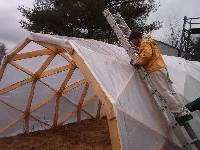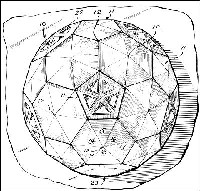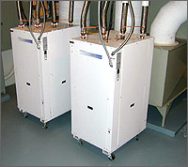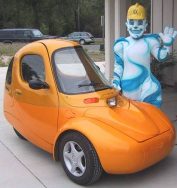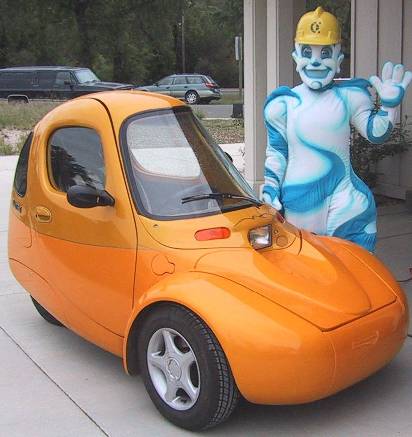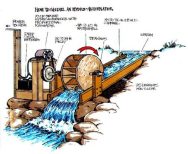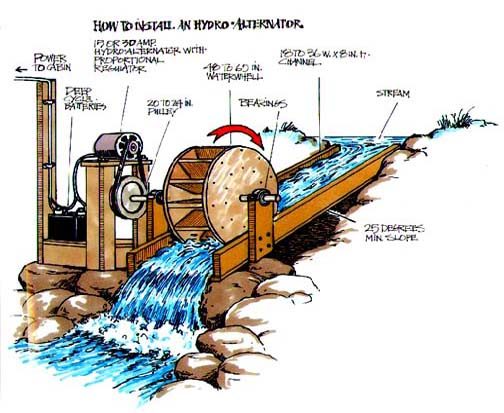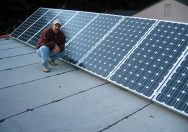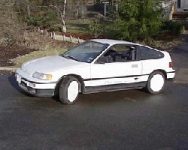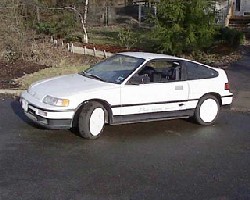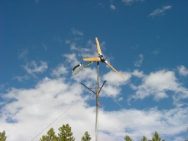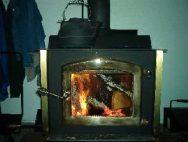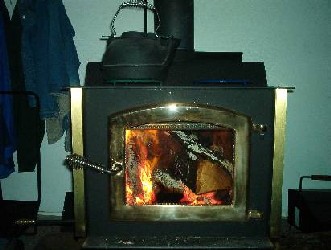
U.S. grants for renewable Energy
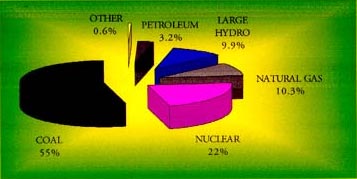
Renewables still a tiny share of nation’s energy use
There are various US federal and state and sometimes utility company incentives for installing renewable energy. The benefit is you reduce energy consumption through conservation and the subsidies pay for things like energy efficient lighting, appliances, and insulation. DSIRE USA, a database of State incentives has a list of the net metering rules (grid back feeding — i.e. selling energy back to the grid)) and all the main incentives for each US state. Other countries also have various subsidies as well, and these will be covered in a separate post.…

